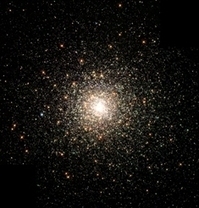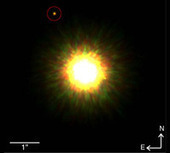The ALMA telescope gives astronomers their first glimpse of a fascinating stage of star formation and helps resolve a mystery about how young planets and their infant star can both grow at the same time.
Research and publish the best content.
Get Started for FREE
Sign up with Facebook Sign up with X
I don't have a Facebook or a X account
Already have an account: Login

 Your new post is loading... Your new post is loading...
 Your new post is loading... Your new post is loading...
ashli davis's curator insight,
September 15, 2015 9:14 AM
Our solar system is not the only one with planets! |
|


















